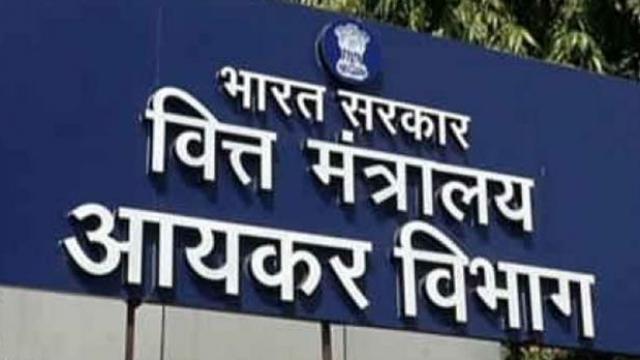With the aim of an easy and transparent tax regime, the Modi government has tried to move the process online and minimize human interaction. In the last four and a half years, these efforts have led to an increase in the tax to GDP ratio. The taxpayer’s faith in the government has increased and there is a strong belief that the taxes are being used for the development of the country and the welfare of the poor. In the latest budget some more facilities like the fast processing of returns, refunds and faceless transactions were announced for taxpayers. “Last year, 99.54 per cent of income-tax returns were accepted as they were filed. Our government has now approved a path-breaking, technology-intensive project to transform the I-T Department into a more assessee-friendly one. All returns will be processed in 24 hours and refunds issued simultaneously,” said the Finance Minister Piyush Goyal.
In the current fiscal year, income tax refunds worth 1.50 lakh crore rupees were directly transferred to the account of the beneficiaries. Last year, the government gave 4,200 crore rupees for the IT infrastructure upgrade of the Central Board of Direct Taxes (CBDT). The scrutiny of filed returns will be processed electronically through the back office to “bring in transparency and minimize any subjectivity or human interface,” said revenue Secretary Ajay Bhushan Pandey. The back office scrutiny will end the corruption and minimize the chances of corruption as there will be no face to face interaction.
The Modi government has consistently made efforts to increase the tax base of India and crack down on black money. The steps taken for demonetization, GST, digital transaction push, benami property law, and the crackdown on shell companies were a series of coordinated efforts to improve taxation. According to the Economic Survey 2018, 10.1 million new income tax returns were filed in the year following demonetization (November 2016- November 2017), while the average for the last six years has been 6.2 million. This shows an increase of over 1.5 times the number of previously filed of income tax returns.
Senior BJP leader and former finance minister Arun Jaitley said in a Facebook post that “The implementation of GST as a single consolidated tax has had a significant impact even on direct taxes. Those who have disclosed a business turnover for the GST now find it difficult not to disclose their net income for the purposes of income tax. Last year, the impact of GST on direct tax collection was not visible. Since GST had been imposed in the middle of the year, it will be more apparent this year.”
India has one of the lowest taxe to GDP ratios among the BRICS countries. According to the data given above, most of the developing countries have low ‘tax to GDP ratio’. For a developing nation to become a developed one, it requires an increase in its citizens’ tax compliance. If the tax to GDP ratio is low, a country finds it hard to provide basic amenities like health and education to its citizens. Universal access to these primary needs is required to build human capital and to improve the standard of living. India introduced Universal Health Care through the National Health Protection Scheme (popularly known as “Modicare”). The increased ‘tax to GDP ratio’ will allow more money to go directly into government coffers. This will provide enough resources for the government to make India a welfare state of the kind that Deen Dayal Upadhyay had dreamt of.
